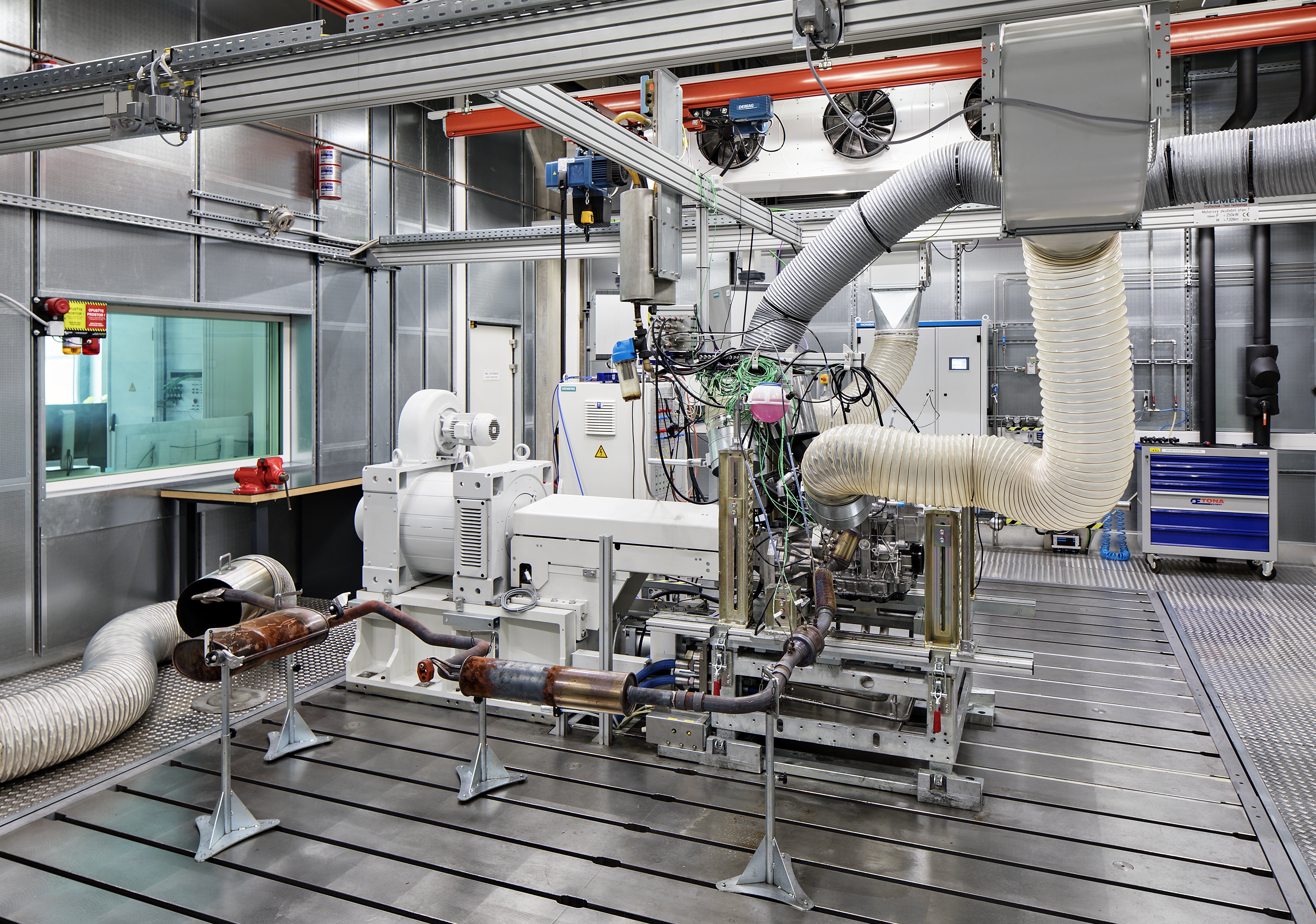History box
In 1899, four years after establishing the company, the founders – Václav Laurin and Václav Klement – fitted a bicycle with an auxiliary motor for the first time. The resulting motocykleta started the history of engine production and testing in Mladá Boleslav.
The idea to build the new Engine Centre was born in 2009. The old engine test labs, particularly the engine brake sites, were becoming increasingly outdated (some of them had been in place since 1964). It was impossible to enlarge the existing premises on the Technological Development site, the fuel reservoirs were too small and sometimes had to be refilled twice a day, and the exhaust gas extraction system was designed for engines with a maximum power output of just 50vkW or so. In view of these circumstances, April 2011 saw the decision to build a new, modern centre. Situated on the site of a former distillery (in Ptácká Street), this centre was opened in September 2014, less than two years after the foundation stone was laid. This photo shows the site before the start of the construction work.




























